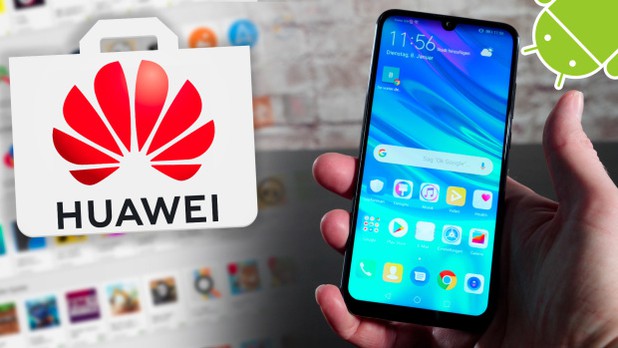Huawei was set to release its new smartphone Huawei Mate 30 and Mate 30 Pro phones on September 18 in Germany. Reuters reported that Huawei will not be able to use any of Google apps on the upcoming smartphone.
The reason for the ban is a change in government regulations. In May 2019, US President Donald Trump signed an order banning foreign competitors (like Huawei) from the US Telecoms industry. Huawei is a Chinese technology company headquartered in Shenzhen, selling smartphones, tablets, laptops and telecoms network infrastructure since 1987. Huawei was accused of sharing data with the Chinese government, which other governments considered to be a security risk. Trump’s order was delayed to accommodate software updates on existing device models of Huawei but the extension didn’t apply to new devices released from Huawei.
This means users will have no access to Google Play Store, Google Maps, Google Chrome, Google Photos and any other Google app on Huawei Mate 30 and Mate 30 Pro. Most importantly, Huawei would not be able to use Android 10 as it is Google who builds Android. Android is an operating system that powers everything on a mobile phone, like MacOs is for Apple products and Windows is for personal computers. While Android is open-source software, allowing anyone to access it, the latest version Android 10 has not been updated on the public Android Open-Source project yet and Huawei cannot use it. Google offers early access to manufacturers but that offer has not been extended to Huawei. This means that Huawei will not be able to use Android 10 immediately for its latest smartphone. Without Android, users may experience a lack of phone updates.
Speculators suspect Huawei’s new smartphone may not hit the market on the planned launch date, given these complications. Without support from the renowned technology giant, Huawei will also counter problems in marketing and selling their new product. People buy products they are habitual of using. Users tend to stay in their comfort zones and not shift from reliable products to new risky ones. This might mean Huawei customers will switch to alternative mobile company that gives them the familiar access to Google apps. As learned from Reuters, industry analyst Richard Windsor remarked candidly, “Without Google Services, no one will buy the device.”
Huawei’s talks with Google on using Android were not fruitful. However, Huawei is not discouraged by Google’s withdrawn support to them. They are developing their own Android system as a rival to Google’s Android. It has launched the HarmonyOS platform. It is also preparing an alternative for the Google Maps app, a mapping system called MapKit. This is interesting because so far Google Maps has not had a rival in the GPS mapping space. Unlike Google Maps, MapKit will only be available for use to businesses and not to consumers. It will be available in 40 languages, show real-time traffic conditions and a navigation system that can detect cars changing lanes.
Huawei will have to ensure their new software is developed and tested to perform robustly. Software testing companies are equipped with test case management tools and expert testers to ensure software testing is full and final. Without thorough software testing, Huawei’s risky venture is going to fall flat.
Huawei is displaying a true sportsman spirit in a difficult time, but only time will tell if they will retain their customers or not.
Read Dive is a leading technology blog focusing on different domains like Blockchain, AI, Chatbot, Fintech, Health Tech, Software Development and Testing. For guest blogging, please feel free to contact at readdive@gmail.com.





